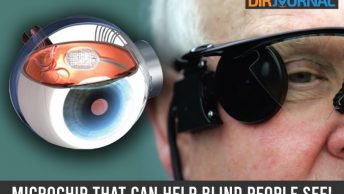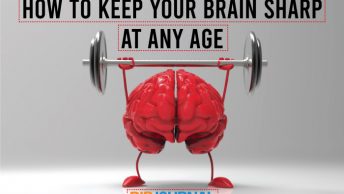Back pain is a huge problem for many people. Due to sitting at our desks or in front of the computers for long hours and following lazy lifestyles with no physical exercise, almost every one person in five, suffers from back pain at some point in their lives.
Researchers believe there is hope of getting rid of the chronic pain, in the form of spinal disc transplant.
Keith Luk, from the University of Hong Kong has developed a technique of harvesting the shock-absorbing soft tissue discs and transplanting the spine from cadavers (dead human bodies) into patients.
Currently, for people who are worst affected, fusion of some vertebrae is the only solution to prevent pain. In fact, this is considered the “gold standard” solution. However, with this surgery, there is the problem of the adjacent vertebrae coming under much more burden or pressure. This may cause degeneration in other parts of the body. This surgery also allows for limited movement.
Researchers have been working on resolving the back pain problem for a long time now and the latest studies show that transplanting the discs and part of the vertebrae on both sides, works very well, and it also alleviates all the issues that are present with vertebrae fusion. Transplantation of discs works because the donor bone has the capability of forming a natural bond with the patient’s tissues.
According to researchers, the transplantation technique consists of removing the disc together with the cartilage and bone, then cleansing them in a saline solution, before freezing them in a cryopreservative solution. The extracted bit of frozen spine is allowed to thaw and then transplanted into the patient along with other growth promoters, such as stem cells, which are good for encouraging natural healing.
Last year, China made a breakthrough in the spinal disc transplant in the area of the neck, on five patients, one woman and four men. These discs were taken from the spines of three young female donors who had suddenly died because of trauma. The discs from the dead women were removed within two hours of their death. Until then, transplantation had never been carried out successfully on humans and these are officially the world’s first spinal disc transplants.
The results of these neck transplants are said to be positive, with all of those patients doing fine and showing a great deal of improvement. Although, this success offers a lot of hope to researchers, spinal transplant for the lower back area is much more complicated when compared to the neck transplant.
For those that do not understand what the neck has to do with back pain, it would help to know that the human spine has 24 spinal bones, which are called the vertebrae. Vertebrae are situated one above the other and form the spinal column or spine. This is what keeps the body upright. The first part of the spine is called the cervical spine, which is the part of the spine that is at the back of the neck, and below the cervical spine comes the thoracic spine, which is the chest area, and below that is the lumbar spine, the lower back area.
Vertebral discs act as shock absorbers to the spine and fit between the bones of the spinal column tightly. When they are under stress, the inner material of the disc swells and pushes through the tough outer membrane and touches the surrounding nerves, causing a lot of pain and in some cases excruciating pain. If the outer membrane gets ruptured when the disc pushes through it, it can cause irreversible damage to the spinal column.
Researchers are hopeful that this technique will prove to be as successful as the neck transplants.













This is a most interesting article for me to read – after the fact. I am the recipient of a disc replacement operation (two years ago), albeit it was an artificial or prosthetic disc that was fitted. I had a fusion at the vertebrae L5/S1 directly below the level with artificial disc L4/L5. I understand this assists to alleviate or avoid the demonstrated pressure the disc above, as described in the article.
Artificial disc replacements were a medical breakthrough when they first came on the market (20 years or so ago), but to have ‘live’ disc replacement makes so much sense and I hope it becomes the next big thing for chronic back pain suffers – what a horrible thing for anyone to experience. Stephen
I had L3/L4, L/4L/5 replace 3 years ago in germany and that was the best thing i did!!!!!,